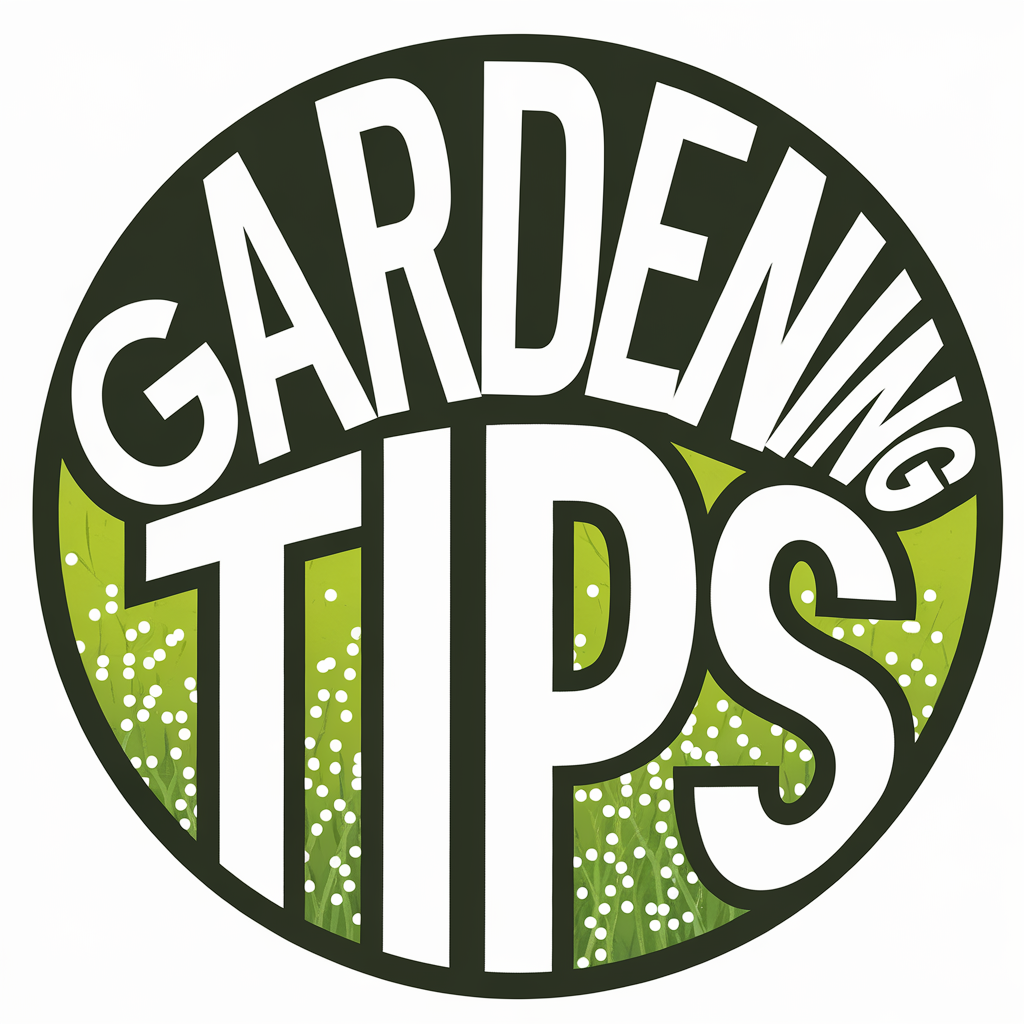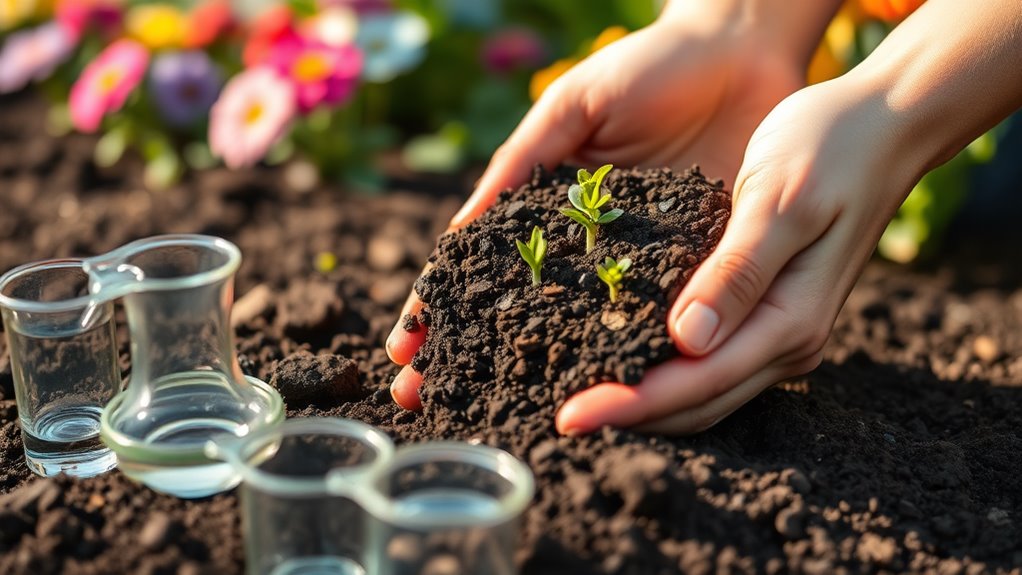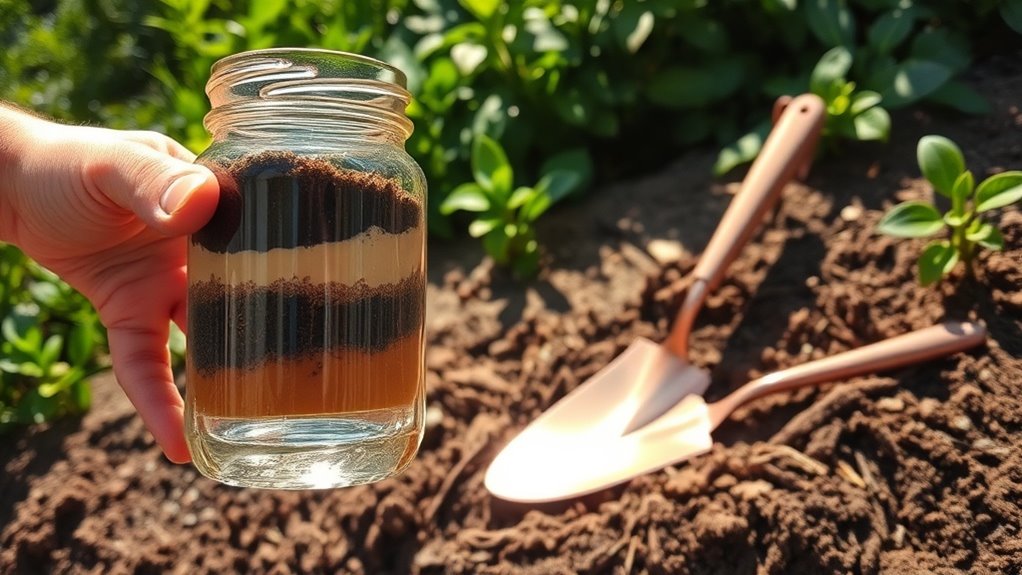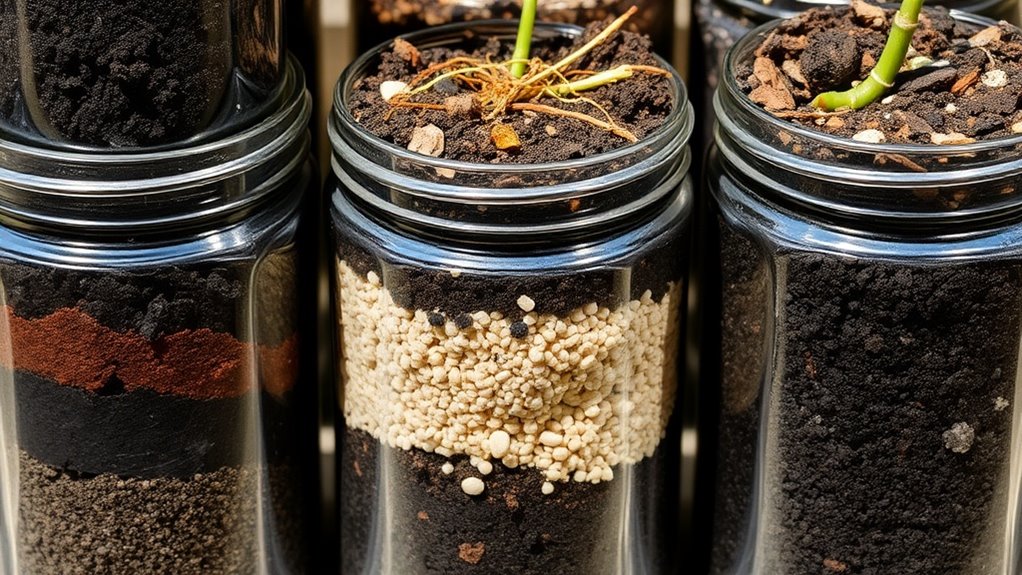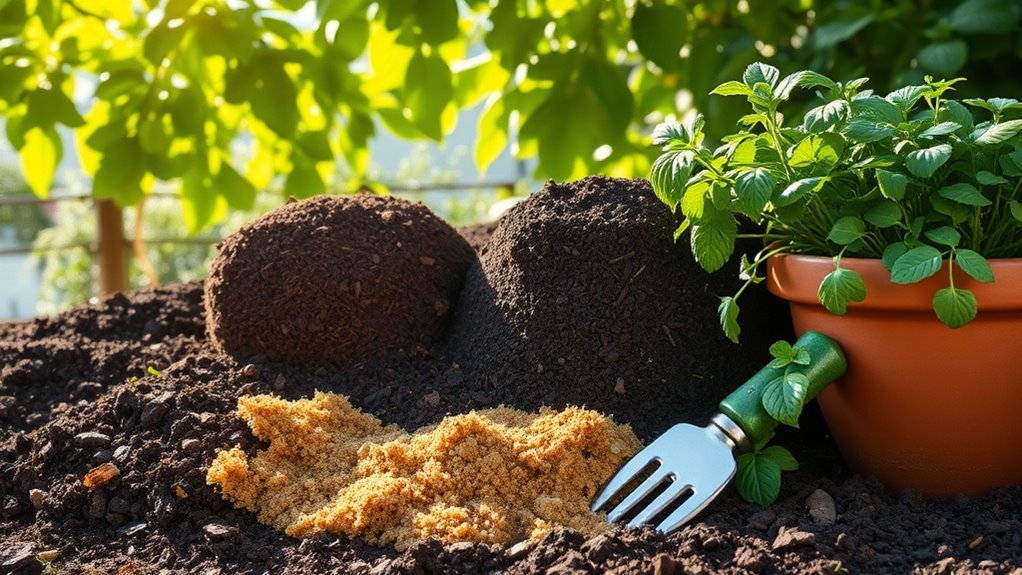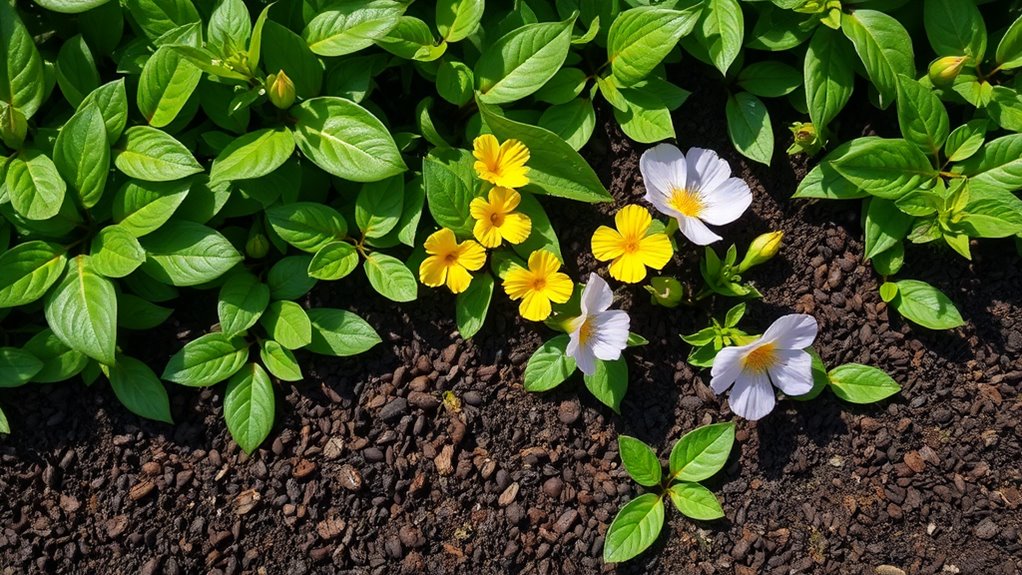The Easiest Way to Test Your Soil at Home (And Why It Matters)
Your garden’s potential lies in the subtle nuances of its soil. Understanding its composition can empower your gardening efforts, ensuring healthier plants and greater yields. By conducting a simple at-home soil test, you can reveal critical information about nutrient levels and pH balance. This process may seem daunting, but it’s actually quite straightforward. Let’s explore how you can easily assess your soil and the significant impact this knowledge can have on your gardening endeavors.
Understanding Soil Composition
Although it may seem straightforward, understanding soil composition is crucial for nurturing healthy plants. You need to examine factors like pH, nutrient levels, and organic matter. Conducting a DIY soil test provides valuable insight into these elements. By assessing these factors, you can avoid costly gardening mistakes and ensure the optimal growth of your plants.
Materials Needed for a Soil Test
To conduct a thorough soil test at home, you’ll need a few essential materials that will help you gather accurate data.
Start with a clean container for sampling, a trowel for digging, and distilled water.
You’ll also want pH test strips or a soil test kit, as well as a notebook for recording results.
These tools ensure you achieve reliable measurements for your soil’s health.
Step-by-Step Guide to Testing Soil at Home
Begin by selecting the right location in your garden or yard to gather soil samples.
Ensure you collect from multiple spots for accuracy.
Follow these steps:
- Clear debris from the area.
- Use a clean trowel to dig about 6 inches deep.
- Collect samples in a clean container.
- Mix the samples thoroughly before testing.
This method provides a reliable representation of your soil’s health, as it helps identify soil composition that may be affecting plant growth.
Interpreting Your Soil Test Results
Once you’ve gathered your soil test results, it’s essential to analyze them to understand your soil’s unique composition and nutrient levels.
Focus on key parameters like pH, nitrogen, phosphorus, and potassium levels.
Compare these figures to the optimal ranges for your plants. By interpreting these results accurately, you’ll know what amendments your soil needs to support healthy growth and maximize productivity. Additionally, understanding universal soil prep methods can help you tailor your soil amendments to specific environmental conditions.
The Importance of Soil Testing for Gardening Success
Understanding the importance of soil testing can significantly impact your gardening success, as it serves as the foundation for a thriving garden.
Here are four reasons why you should test your soil:
- Identifies nutrient deficiencies.
- Determines pH levels for optimal growth.
- Reveals soil texture and drainage capabilities.
- Helps prevent over-fertilization and contamination.
Taking these steps ensures your plants flourish.
